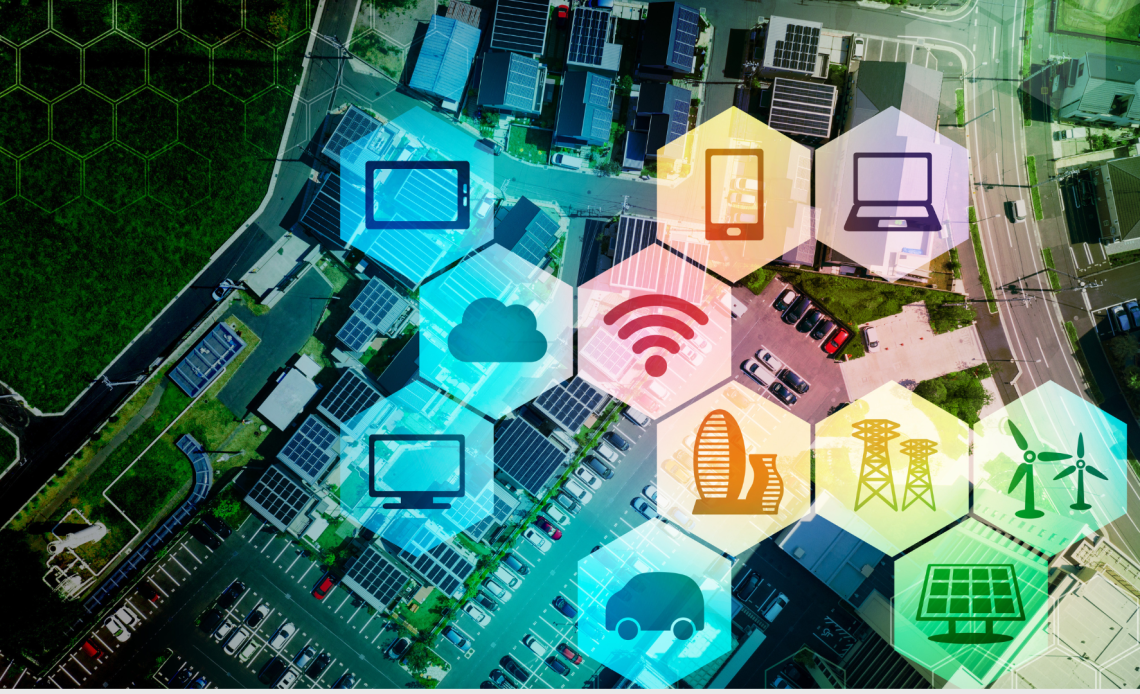
The retail industry has been riding a wave lately, which can be partly explained by the events related to the pandemic. Amazon.com alone made an incredible leap from an average of 2 billion monthly visitors in 2019 to 2.3 billion in 2020 and a record 2.8 billion in February 2021.
The role of the Internet of Things in the retail industry
Internet of Things is the extension of Internet connectivity into physical devices, objects, and spaces. The concept of IoT opens a wide range of opportunities in many fields, including transportation, healthcare, the workplace, and retail.
These two most common applications of IoT in the retail sector give a general idea of how this technology can be used in this space:
- Data gathering and sharing. Using sensors, retail IoT devices, products, and environments can collect important data on an entire product and shopping lifecycle. After this data is processed and analyzed, it is transformed into valuable insights that help retail managers make informed decisions and improve retail experience and operations.
- Acting based on collected data. IoT-enabled machines and connected stores can be partially or fully automated to drive efficiency, sustainability, and resilience to retail operations and processes.
Customer experience optimization with IoT
Combining the Internet of Things and retail allows store managers to find new ways to establish a connection with customers, create a short and direct customer journey, improve the process of product maintenance, and build a long-lasting bond with first-time shoppers. How to use IoT in retail? Here are several examples of IoT in retail that help improve customer experience.
Personalized communications based on IoT-collected data
Internet of Things makes a good case for improving communication between a customer and a brand. In-store IoT sensors can track customers’ journeys, analyze their habits and share insights with the marketing team.
Optimizing product usage
The entire datum collected by IoT allows brands to improve product maintenance, features, and even design. A company can tweak the settings and make necessary updates on a product as a client uses it at home.
Monitor and predict in-store wait times
This is an important benefit of IoT technology in retail during the time of the pandemic. Long lines at cash decks increase the risks associated with COVID-19 and lower customer retention rates.
Using wearables for loyalty programs
Wearable technology has been a known success for fitness and healthcare. However, wearable IoT application in retail is not limited to tracking location data.
